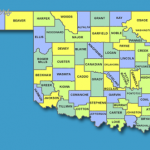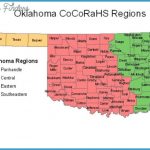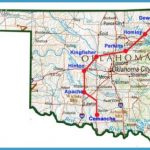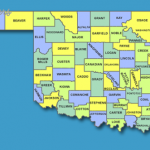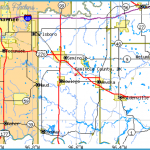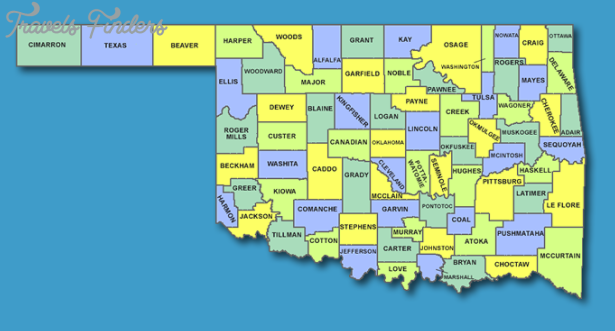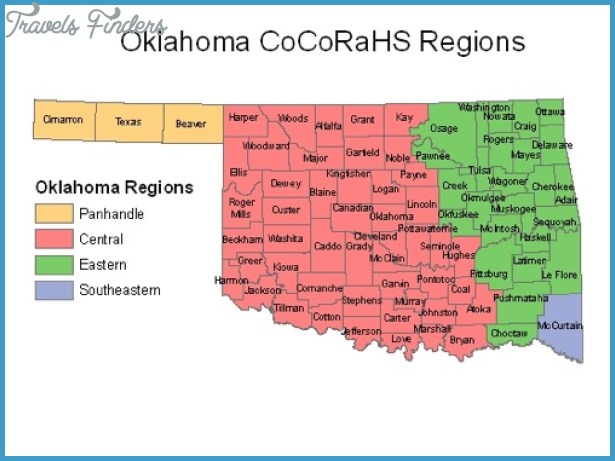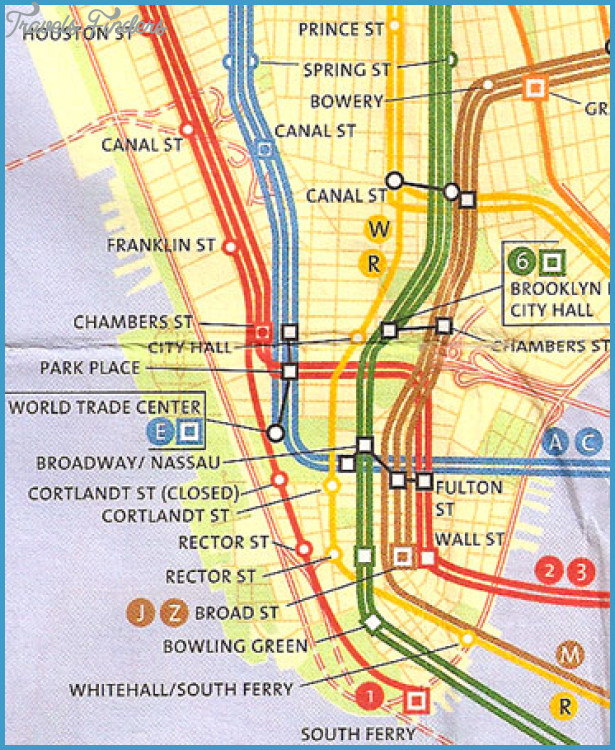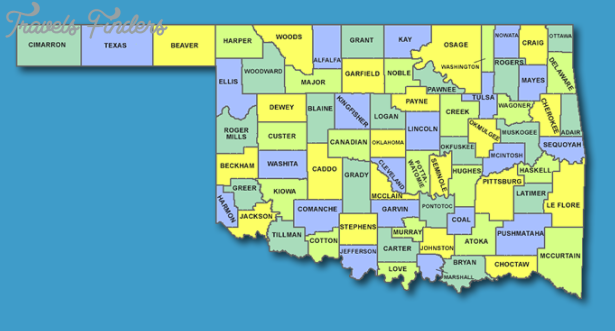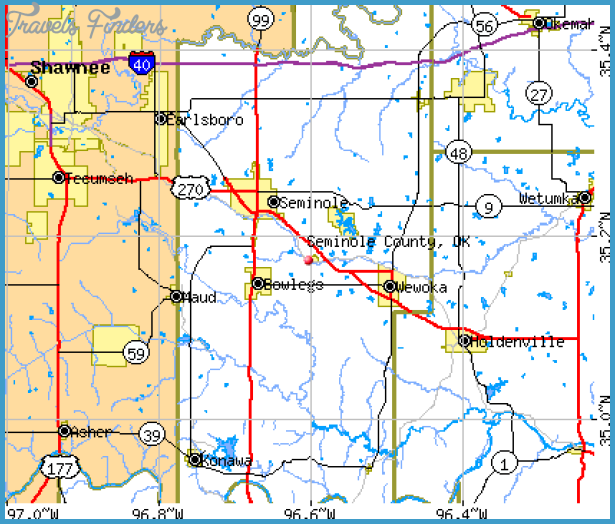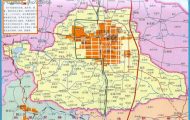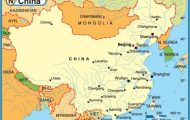Early Mexican Migration to Oklahoma
Mexicans have a long history in modern Oklahoma, which once was Spanish and Mexican territory. In the spring of 1541 Spanish conquistadores crossed western Oklahoma, seeking the fabled treasures of the Seven Cities of Cibola (Gran Quivira), believed to be the lost city of gold. Under the command of Francisco Vasquez de Coronado, an expedition was launched by order of the Viceroy of Mexico, Antonio de Mendoza. After months wandering through the Great Plains, the disoriented expedition grew weary and disillusioned, returning to Mexico empty handed. They encountered the Grand Canyon and Zuni adobe villages, but no aspiring riches, hence curtailing any immediate subsequent Spanish incursion into the inhospitable terrain of the Great Plains. Spain periodically renewed interest in the region, but apart from a sporadic missionary presence, it never established a notable settlement. These relatively small Spanish ventures into the territory that is today Oklahoma were sufficient to provide the basis for Spain’s claim to southwestern North America.
In 1682 France laid claim to a vast inland empire that included Oklahoma. During the Seven Years’ War, Spain, France, and England all sought to possess the region that included what is now Oklahoma. The treaties that ended the war in 1763 awarded the area to Spain as part of the Louisiana Territory. By the beginning of the nineteenth century Spain’s position weakened relative to other powers. Spain was forced to cede parts of its New World empire to other European imperial nations. In 1820 it was forced to recognize the independence of nearly all of its colonies, except Puerto Rico and Cuba. At that time part of the territory that today encompasses modern Oklahoma passed over to Mexican jurisdiction.
From 1821 to 1836 the Oklahoma panhandle was part of the Mexican province of Texas, and it remained a Mexican possession until 1836, when Texas revolted against Mexican rule. Between 1836 and 1848 Mexico refused to recognize the independence of Texas and its later annexation to the United States. Therefore, the Oklahoma panhandle was still considered part of the Republic of Mexico. Finally, in the Treaty of Guadalupe Hidalgo (1848), Mexico ceded over half of its national territory to the United States after the Mexican-American War. The cession included Texas, and therefore the last portion of modern Oklahoma passed from Mexico to the United States. For over 300 years all or portions of modern Oklahoma were in territory first held by Spain and then by independent Mexico.
Much of the land that encompasses modern-day Oklahoma remained a territorial possession (part of which was divided into Indian territories) of the United States until granted statehood in 1907. Large-scale migration of Mexicans to Oklahoma did not begin until after statehood, although Mexican workers had been employed in the cattle and ranching industry throughout the southwestern states and northern Mexico for decades. After statehood, thousands of Mexican migrants were both attracted to the increased opportunities for employment in the state’s expanding economy and pushed by the progressively deteriorating conditions prevailing in their native Mexico. During the early years of statehood, Mexican labor was recruited to help build the infrastructure of the nascent state.
To understand such pulling effects, it is also imperative to consider the push factors as well, including political and economic dynamics taking place in Mexico. During the late nineteenth and early twentieth centuries, Mexico experienced a period of political stability and sustained economic expansion under the dictatorship of Porfirio Diaz, which lasted from 1876 to 1910. Under his rule Mexico developed a nationwide rail system, a nascent industrial base, growing urban centers, and a new economic structure based on export agriculture and extraction, financed mainly by foreign interests. This period was also characterized by the consolidation of rural landholdings, the substitution of cash for staple crops, and the widespread implementation of capital-intensive agriculture.
These developments produced massive labor displacements and strong pressure for emigration from rural areas, forces that were exacerbated by the collapse of the Porfirian regime in 1910 and the ensuing 10 years of revolution and civil war. The revolution erupted in 1910, and its goals were to end dictatorship, regain control of Mexico’s economy and natural resources, redistribute the land and wealth, provide protection and adequate wages for workers, and establish a decent standard of living. The revolution uprooted thousands of peasants, as leaders abolished peonage, which was the foundation of economic relations inherited from the colonial era. Thousands joined the revolutionary bands; others fled in fright. Although the revolution was not the primary cause of Mexican exodus to the United States, it was a further catalyst for a process already underway. Hundreds of Mexican laborers and their families crossed the Rio Grande to work the railroads as well as mines and agriculture in the United States. During the tumultuous revolutionary years (1911-1918), hundreds of Mexicans fled their war-torn nation, seeking refuge in the north. Although Mexicans of all classes and backgrounds migrated to Oklahoma after 1900, the large majority were from the peasant class, that is, campesinos.
In the western United States, meanwhile, the arrival of the railroads connected agriculture and mining areas of the Southwest to booming industrial cities in the northeast and Midwest, yielding sustained economic growth and rapid growth in labor demand. As a result, farmers and mining companies began recruiting Mexican workers. As migrants reached U.S. border towns, agents were stationed
there to facilitate contact with employers. U.S. companies sent their recruiters to the border or used private agencies that engaged exclusively in securing Mexican workers. The railroads were the single most important employer of Mexican labor. Mexicans faced few restrictions upon entry, and they were not required to have passports before 1918. In 1921, in response to the increasing number of Mexicans entering Oklahoma in search of employment, the Mexican government opened a consulate in Oklahoma City. The consulate served to regulate the numbers of Mexicans coming to Oklahoma in order to avoid a surplus of labor. The Mexican consulate remained in Oklahoma City until the mid-1960s, when its duties were assumed by the consulate in Dallas, Texas.
Mexican migration under the classic era of Mexican migration to the United States was consistent until the Great Depression. The Depression greatly affected the presence of Mexicans in the region. Employment on railroad gangs declined considerably. Many had moved on to more Latino-concentrated cities such as Chicago and Los Angeles. In Oklahoma, the Mexican population of Pittsburg County dropped by 90 percent, and the Mexican-born population of Oklahoma City decreased by two-thirds. Additionally, the onset of the Great Depression triggered a wave of mass deportations, that is, the roundup and forced removal of individuals to their nation of origin. Together, these factors curtailed large-scale Mexican migration for decades.
Beginning in 1942, with the onset of World War II, tight wartime labor markets had replaced the joblessness of the Depression, and the United States once again turned to Mexico for workers, negotiating an agreement known as the Bracero Accords to arrange the annual importation of Mexican farmworkers under supervision of the federal government. Officially designed as a temporary guest worker program, the Bracero program was successively renewed for over 20 years, from 1942 until 1964. The era following the Bracero program is often referred to as the undocumented era. It lasted until the passage in 1986 of a large-scale legalization plan called the Immigration Reform and Control Act (IRCA), which granted legalization to thousands of Mexicans and other undocumented migrants, affording them further employment opportunities as well as mobility. This period reflects the beginning of a new era in Mexican migration in which new, nontradi-tional destinations, many to middle America, were sought.
Many Mexican farmworker families migrated northward through the Oklahoma corridor under the Bracero program, as well as through unofficial farm contracts. Up until the mid-1960s many Texas migrants worked the cotton harvest in southwestern Oklahoma. The mechanization of cotton farming at that time greatly diminished the demand for seasonal labor. Originating in south Texas and the borderlands, and migrating as far north as Minnesota, many Mexican families made the long trek following the sugar beet, cotton, pecan, and melon harvest. Upon their return to south Texas or to their native Mexico, some families got
stuck with the onset of the winter, which led to their settlement on the agriculture corridor as they waited for the following year’s harvest. Many remained in Oklahoma because they wanted either to drop out of the migrant pool or to stay in the state to escape the acute discrimination and prejudice they had known in Texas. Farmworker families survived through odd jobs as farm hands building fences and tending farms. Years later, with the expansion of pork processing plants in the area, many Mexican families settled in Guymon, on the Oklahoma panhandle, as they were following new promising industrial and agricultural growth in the state.

